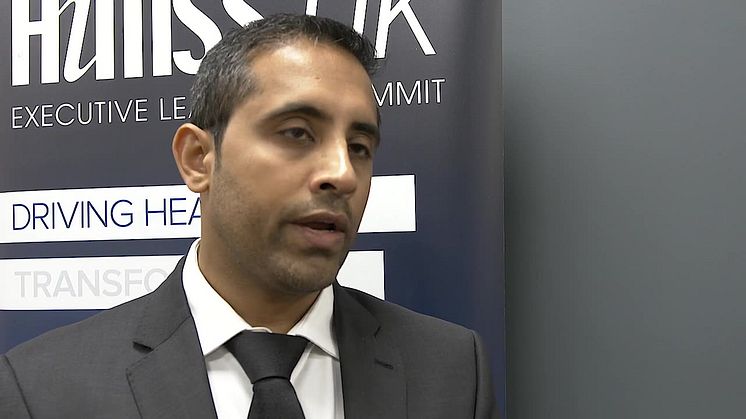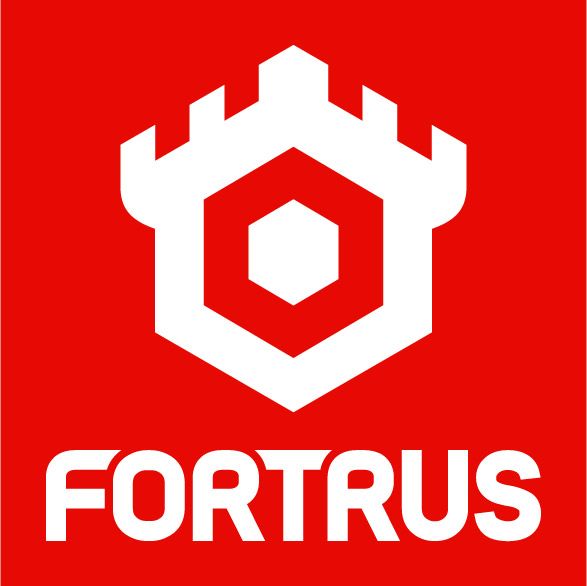News -
Most transformation projects fail, because they start as IT projects
Musadiq Subar is IT programme manager and clinical technical architect at North Middlesex University Hospital Trust, he wrote the following article for HSJ earlier this week.
At the time of writing this article, I was reminded by one of the great pieces written by Eddie Copeland, head of technology policy at the think tank Policy Exchange. In a blog post he argued it was time to ditch digital government.
“…those of us who advocate the role of technology in improving the way government operates do ourselves few favours if we use language that fails to resonate with the people we are trying to persuade.”
As the programme lead for IT I am often guilty of that and frequently have to remind myself to speak in layman’s terms and get to the crux quickly.
The business buy-in
One of those moments happened around five years ago. Clinicians across the trust were becoming increasingly frustrated by the lack of time they were able to spend with patients; this was being further compounded by the length of time it was taking them to find the information they needed. There was an immediate realisation amongst the clinical community that things needed to change. This was not an IT-led decision, it came from the heart of the business.
From the outset, a working group of clinicians was established. We reviewed the existing paper-based patient notes. It highlighted we were repeating the same information in both inpatient and outpatients; there was no single point to query for the most up-to-date information and unless clinicians waded through every single page of the patient’s notes, information was difficult to retrieve.
I was seconded for a year into the trust’s Project Management Office team to become fully immersed into operational projects focusing on patient flow. I was mentored by our CEO at the time and the benefit of having an ‘outsider’ in the department brought a different perspective to our day-to-day workings. It gave me an understanding of the business drivers in providing quality and safe care to our patients.
We implemented a number of transformation projects, all with a common driver – accurate data, producing better information. By improving the quality of information and the communication with all stakeholders responsible for patient care – beds, drugs, theatre, etc – we reduced our bed days in both planned and emergency admissions, providing better care and improving patient flow.
In spite of these improvements, one major hurdle and challenge remained – our information was spread across disparate and siloed systems – some electronically and some paper-based.
Winning clinical confidence was key
The real challenge became one of information prioritisation and presentation. Firstly, the trust had to tackle patient information presented and stored in multiple systems.
We needed to demonstrate that we could take an existing paper-based system and replace it with an electronic one without impacting operations and overall care delivery. Winning the confidence of the clinicians was paramount.
We reviewed our discharge summary process. We had a single sheet of paper, plus multiple carbon copies. At times, notes were illegible and often GPs would need to make contact for clarification.
Clinicians did not want to log into multiple systems from multiple locations. They wanted to be able to log in on any device and be presented with the information they needed.
By implementing a clinical information portal (CIP) we provided a single log-on and view to discharge summaries. We had replaced the paper and carbon copy with a more structured patient care summary, with detailed information for GPs and other care providers. And, above all, it was fully digital.
We had the trust and confidence of the business and this really set us on our drive to become paperless and ensure electronic medical records were in place at the point of care in advance of Jeremy Hunt’s deadline of 2020.
The technical bit, which is not so technical…
For many trusts, paperless and digital is a daunting prospect; plans need to be in place to go paperless by April 2016 by CCGs. We started our paperless journey five years ago; we had the business on side and, back in 2010, it was less about what we need to do but more about how we achieve our aspirations.
We knew we had disparate systems holding all sorts of information about our patients; we knew our clinicians wanted everything online and available within seconds. The CIP which we developed as a proof of concept for discharge summaries now became a possible gateway for retrieving as much information as possible.
Version one of our portal was almost like a band aid – it fulfilled a purpose, but it could not be a permanent fix. And, I think this is where so many trusts make mistakes.
The drive for many care providers is to get everything on screen, focus on the application and then worry later about how they are going to present a holistic view of a patient.
For us, our real focus from the outset has been on patient data and ensuring we had a data management approach that would not lock patient information away and could make it available to the applications and the clinicians when required.
Recognising when opportunities present themselves
In 2012, our national contract for Picture Archiving and Communications (PACS) came up for renewal and this was an opportunity for the trust to totally re-engineer how we store data.
Early on in the PACS procurement, we recognised that we wanted to procure two solutions – a new PACS and a separate Independent Clinical Archive (ICA), often referred to as a next generation Vendor Neutral Archive (VNA). The archive, from our partner BridgeHead Software, can hold all sorts of data – medical images, scanned documents, video files, word documents – and it can work seamlessly with our portfolio of application vendors.
With over half a million records within the portal from multiple clinical systems, but now created from a suite of CIP apps (including electronic discharge summaries, referral management and electronic outcomes to name a few) data handling was becoming critical in information presentation.
The ICA approach lent itself well to our vision of providing all information about patients to the clinicians that need it at the point of care. Our data is now stored centrally and can be made available via the CIP or any other applications.
With all this advancement to electronic capture of information, the trust was still circulating physical patient notes between services. Having successfully been awarded funding from the NHS Tech Fund, we were able to bring forward the electronic document management system (EDMS) project by a year, which was part of the IT strategy three year plan.
Working with Fortrus, we are beginning an 18-month programme to scan all these records and be part of the electronic patient record eco-system already in place. We anticipate well over one million scanned documents will be uploaded into our EDMS. Any paper records coming in from other care providers – GPs, community nurses, etc. – will also be scanned and uploaded.
With our new systems in place, we are now enhancing the clinical portal to integrate with our archive enabling our clinicians, and other authorised staff, to look at everything from the patient record, to patient demographics, outpatient letters, discharge summaries, medical images. The portal will provide a single point of access to everything we know about our patients.
Our 20-year view
For many, 2020 is the focal point; but for North Middlesex, we are focusing on ensuring the right systems are in place to cater for a changing healthcare environment 20 years from now. There is no doubt going to be further consolidation within the healthcare space. Pressures on budgets are not going away and competition with private healthcare providers is likely to increase.
As one of the largest care providers in our community, it is our responsibility to make sure patients are treated efficiently and effectively and care and recovery remain top of the agenda. To do that, technology has a critical role to play.
Final thoughts
Going paperless cannot be about sticking new technology over old ways of doing things. It has to be about looking at our businesses and understanding what processes could be improved. Technology is, and always will be, just an enabler to help us change for the better.
Musadiq Subar is IT programme manager and clinical technical architect at North Middlesex University Hospital Trust
Topics
- Health, Health Care, Pharmaceuticals
Categories
- user experience
- nhs trusts
- healthcare
- efficiency

